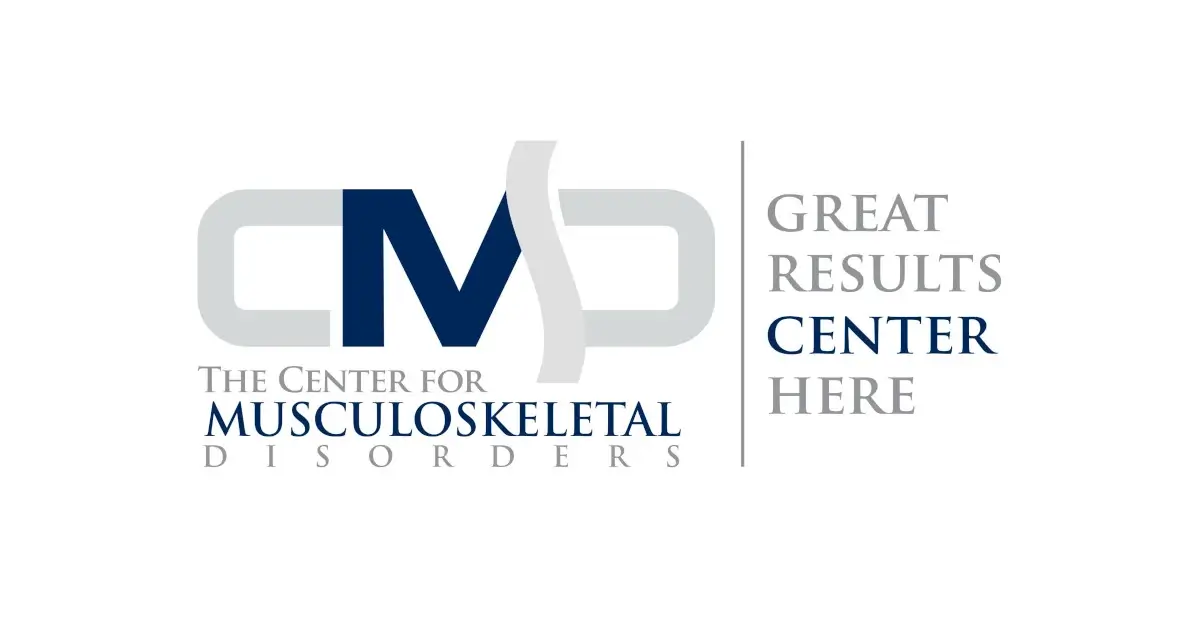At The Center for Musculoskeletal Disorders, we understand the scope of chronic pain. Statistics help put it into perspective. Currently, it is estimated that 100 million Americans suffer from chronic pain. To illustrate the scope of the problem, this number is more than those with diabetes (26 million), heart disease (16 million) and cancer (12 million).
The most common types of chronic pain are neck pain, lower back pain, migraine headaches and knee/joint pain. Many people with chronic pain will be treated with opioids. But this has had drastic consequences. It is estimated that 5.1 million Americans abuse painkillers, and about two million Americans suffer from opioid addiction or dependence. Opioid overdoses in the U.S. have gone up 200 percent since 2000. In fact, the number of fatalities each day from opioid overdoses exceeds that of car accidents and homicides.
As is often the case, money is a major factor impacting this problem. While it is impossible to measure the burden of pain strictly in dollars, experts believe the total healthcare cost connected to pain ranges from $560 billion to $635 billion annually, making it an important source of revenue for many health professionals, hospitals and drug companies.
Addressing the Problem
An article in Healio stated that the Centers for Disease Control and Prevention (CDC) has developed a new guideline for prescribing opioids for chronic pain. Notably, both the American College of Physicians (ACP) and American Medical Association (AMA) have commended the CDC for this effort.
As detailed by the CDC, existing guidelines are not consistent in their recommendations, and primary care providers would benefit from updated clinical practice guidelines. That’s because data cited by the CDC demonstrated that opioid use is increasing throughout the country. Sales in the United States have grown by 300 percent since 1999 despite no overall increase in reported pain. Thus, the CDC guidelines are clearly necessary due to the inappropriate use of these medications.
The CDC guidelines address the following in terms of initiation or continuance of opioids for chronic pain:
- Opioid selection
- Dose
- Duration
- Follow-up
- Discontinuation
- Assessing and addressing the risks and harms of opioid use
A Physician Approach
According to another article in New Republic on the topic of chronic pain and opioid abuse, the author Richard Gunderman states that one of the reasons opioids have become so widely used today has been the push to lower pain intensity scores. This often requires “escalating doses of opioids at the expense of worsening function and quality of life.” Merely lowering a pain score does not necessarily make the patient better off.
Gunderman quotes a November 2015 article in the New England Journal of Medicine. Two physicians from the University of Washington, Jane Ballantyne and Mark Sullivan, argue that physicians need to reexamine the real strengths and weaknesses of opioids. While these drugs can be very effective in relieving short-term pain associated with injuries and surgery, “There is little evidence supporting their long-term benefit.”
Instead of focusing strictly on pain intensity, physicians and patients should devote greater attention to suffering. For example, when patients better understand what is causing their pain, no longer perceive pain as a threat to their lives and know that they are receiving effective treatment for their underlying condition, their need for opioids can often be reduced. This means focusing more on the meaning of pain than its intensity.
For chronic pain, Ballantyne and Sullivan argue one of the missing links is a conversation between doctor and patient, “which allows the patient to be heard and the clinician to appreciate the patient’s experiences and offer empathy, encouragement, mentorship and hope.”
In other words, patients and physicians need to strike a new and different balance between relying on the prescription pad and developing stronger relationships.
This is true to our philosophy at The Center for Musculoskeletal Disorders. We strongly believe in patient education regarding risk factors, conditions, treatment options and complications of those treatment options. Schedule an appointment today for thorough and compassionate care for your pain.

